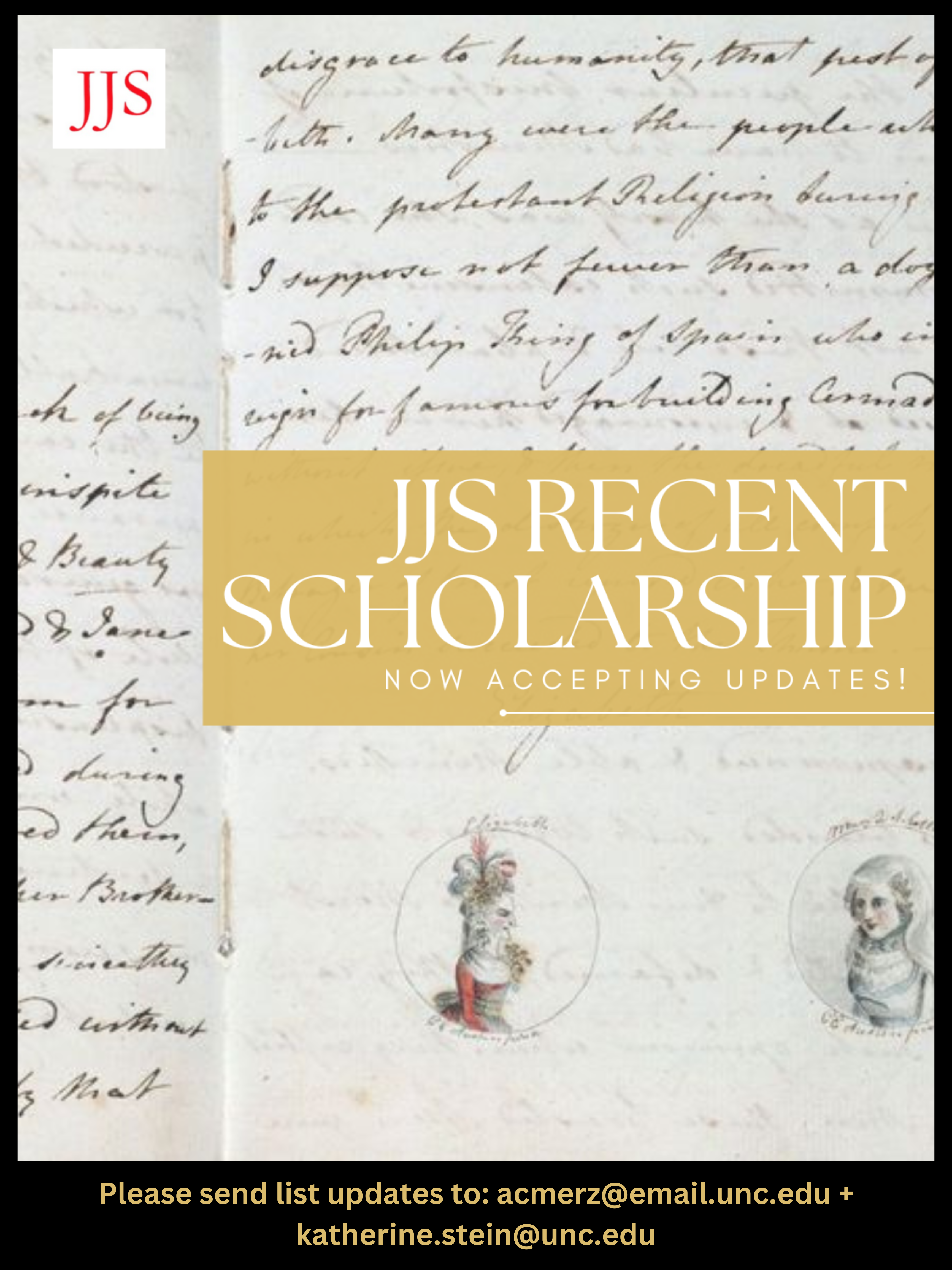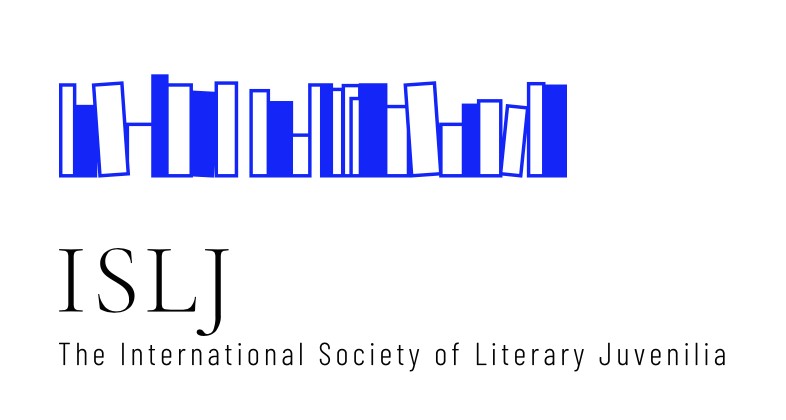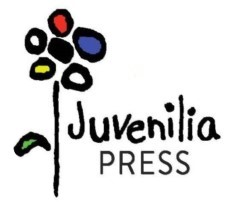The Fiction Factory, Part 2
Afterlife
DOI:
https://doi.org/10.29173/jjs135Keywords:
literary juvenilia, American literature, dime novelsAbstract
By the beginning of the twentieth century, young writers were part of an economic system that took youth as a commercial value—up-to-the-minute youth provided a fantasy that such new modes of publication seemed to advertise—while also making use of young writers glorying in such hype. Part One of these two essays explored this new character of young people’s writing to indicate an evolving understanding of the juvenile tradition. Young writers now asserted themselves as modern hacks, celebrating their proficiency in dime formulas. In surveying the literary nationalism encoded in dime formulas, Part One also explored how dime fiction kept alive a sense of perennial youth in part through youth’s recurrent and lasting association with the American character. Young writers working in dime formulas by necessity worked within these attitudes—and the baldness of dime formulas made obvious how these so-called “American” attitudes were ideological, encoding troubling assumptions when it came to race and imperialism, part of the manifest destiny and American exceptionalism that cheap print reflected.
Part Two is about the afterlife of the dime novel—both in terms of how its formulas continued to haunt American letters, but also in terms of how ongoing literary-critical recovery of texts in the archive of the fiction factory have expanded possibilities for how to regard them. It concentrates on how ideological prescriptions continued to shape expectations, and to shape young writers’ work, in the early twentieth century—after the dime novel seemed to have waned in popularity. At the same time, it foregrounds how the critical afterlife that has sifted that archive informs an understanding of how to read this ongoing work.
Downloads
Published
Issue
Section
License
The Creative Commons Attribution-Noncommercial-No Derivatives 4.0 International license applies to all works published by the Journal of Juvenilia Studies and authors retain copyright of their work.
![]()



.jpg)
 Dedicated to the discussion and promotion of literary works by young writers
Dedicated to the discussion and promotion of literary works by young writers

